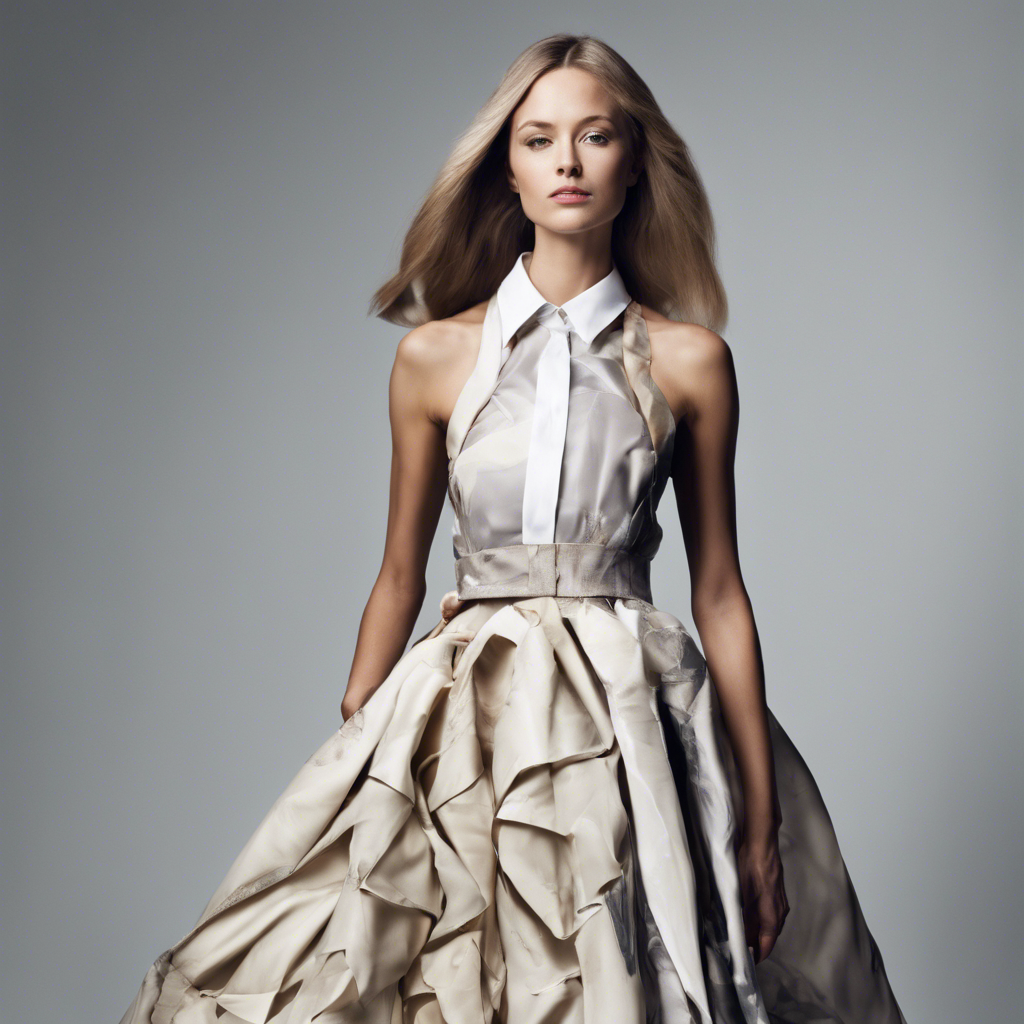Theology of Style: Exploring the Intersection of Fashion and Faith

Lillian Fallon’s journey from disillusionment to empowerment in the fashion industry
Lillian Fallon, a former fashion industry insider, found herself disenchanted with the mainstream fashion world’s emphasis on elitism and disconnection from the real world. This led her to explore the deeper meaning of fashion and its potential to express individuality and reflect the inherent dignity of each person. Fallon’s experiences and reflections have culminated in her new book, “Theology of Style: Expressing the Unique and Unrepeatable You,” which delves into the relationship between fashion, identity, and faith.
Finding Identity in Fashion
Fallon’s desire to fit in and be accepted in New York City led her to conform to the fashion trends of the mainstream industry. However, she soon realized that she had lost her unique identity in the process. A moment of self-reflection, prompted by her inability to recognize herself in a reflective building, sparked a transformation in her approach to fashion. She began to embrace vintage and ethical brands, which not only expressed her individuality but also deepened her relationship with God.
Moving Beyond Modesty
Fallon believes that the conversation around women’s dress and style within the Catholic Church often focuses solely on modesty, which she finds limiting. While acknowledging the importance of modesty, she argues that it should not be the sole lens through which fashion is viewed. Instead, she advocates for a broader understanding of personal style as a means of expressing the inherent beauty and worth of each person. By emphasizing reverence for the body and embracing individuality, women can use fashion as a powerful tool for self-expression.
Challenging Negative Body Image
Fallon highlights the negative impact that certain language used by adults and Church leaders can have on young women’s body image. When the focus is solely on rules and covering up, young women may feel compelled to hide their bodies and disregard their inherent beauty. Fallon suggests that the Church should shift the conversation towards making visible the invisible beauty of a woman’s heart. By cultivating a full understanding of their purpose and unique design, women can naturally embrace modesty while celebrating their inherent beauty.
Fashion as Art vs. Sexualization
Fallon acknowledges that the fashion industry often perpetuates the objectification of women, reducing them to mere sexual objects. She draws a distinction between fashion as art and fashion as a means of sexualization. While couture fashion can be a form of artistic expression that celebrates the beauty of the human person, trends that emphasize sexual appeal and reduce individuals to body parts empty the transcendental value of clothing.
Unleashing Creativity and Dignity
Fallon sees fashion as a form of art that allows women to express their inherent creativity and reflect the divine beauty within them. She rejects the notion that Catholic femininity should be limited to a prescribed uniform and instead encourages women to embrace bold colors and unique silhouettes that honor their bodies while expressing their individuality. By doing so, women can fully embrace their role as artists and mothers, reflecting God’s love and creativity.
Conclusion: Lillian Fallon’s journey from disillusionment to empowerment in the fashion industry has led her to explore the deeper meaning of fashion and its potential to express individuality and reflect the inherent dignity of each person. Through her book, “Theology of Style: Expressing the Unique and Unrepeatable You,” Fallon invites readers to embrace fashion as a powerful tool for self-expression, reverence for the body, and celebration of their unique design. By redefining the conversation around fashion and faith, she encourages women to unleash their creativity and embrace their inherent beauty.










